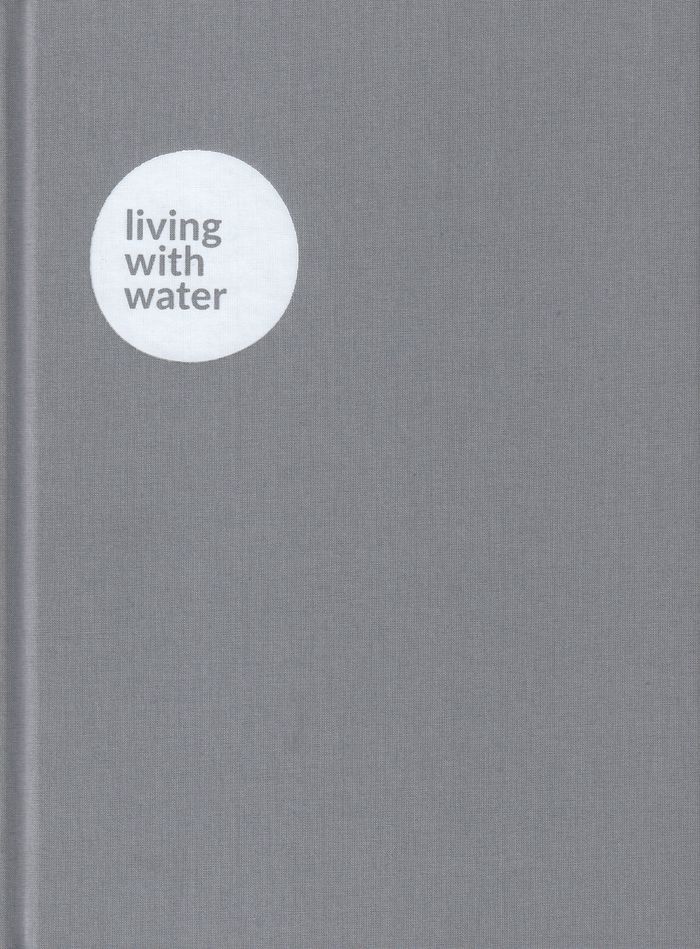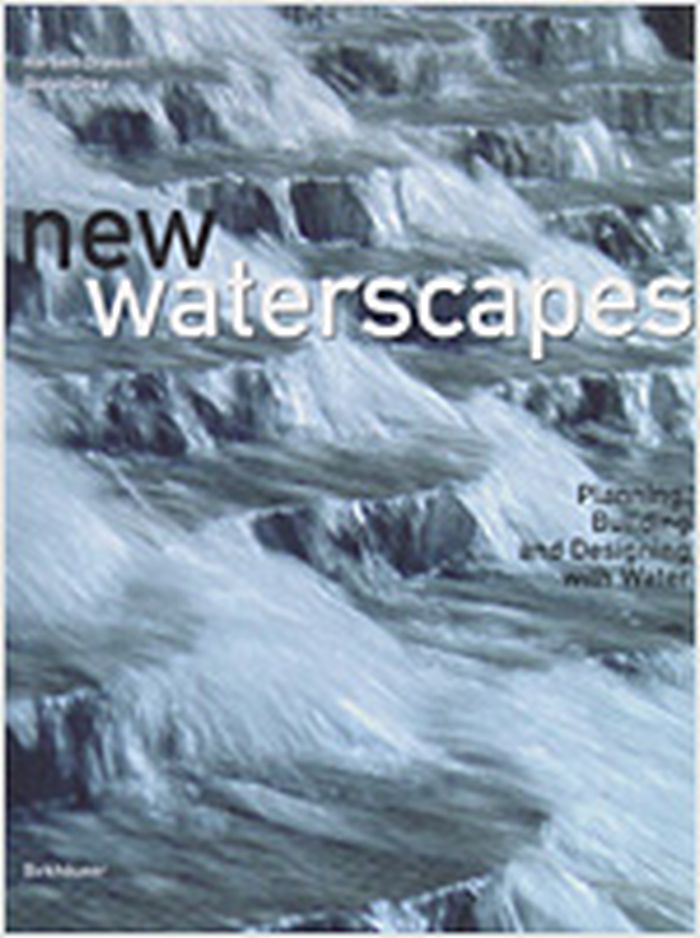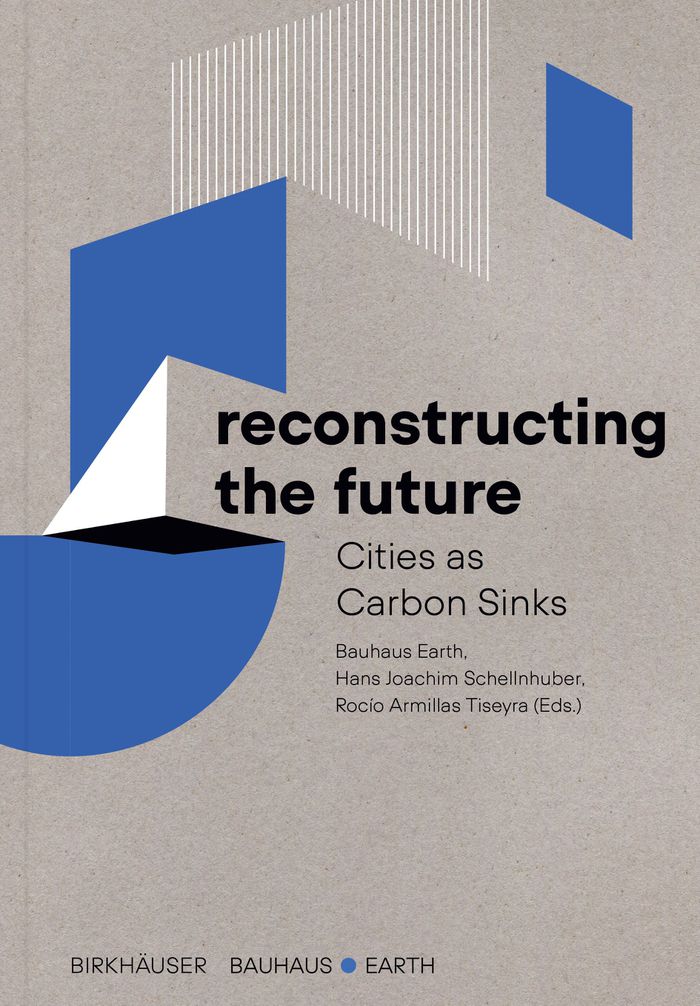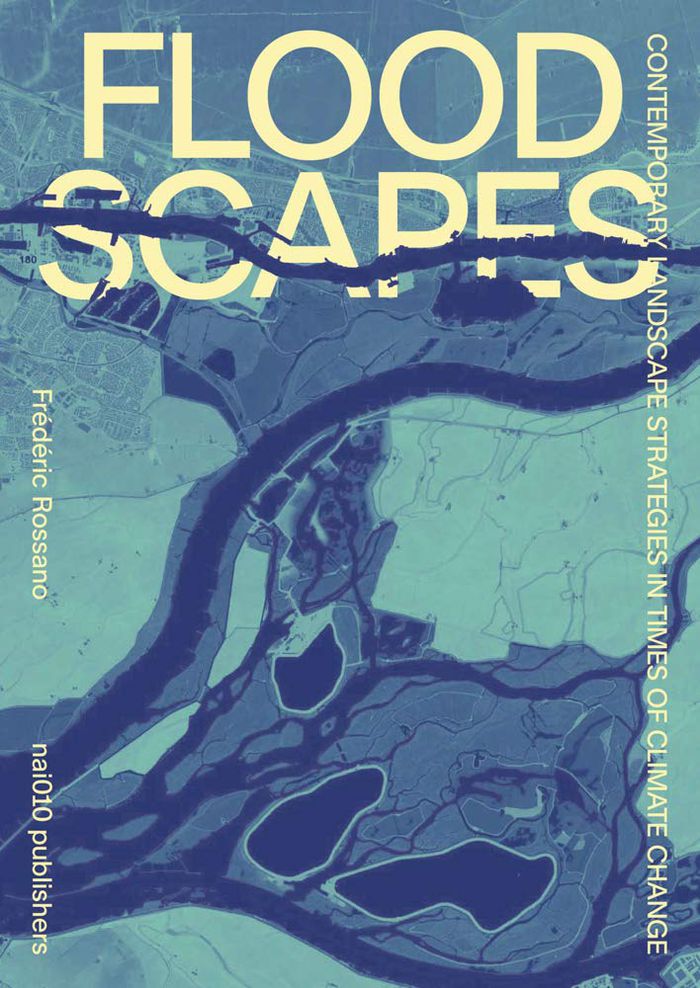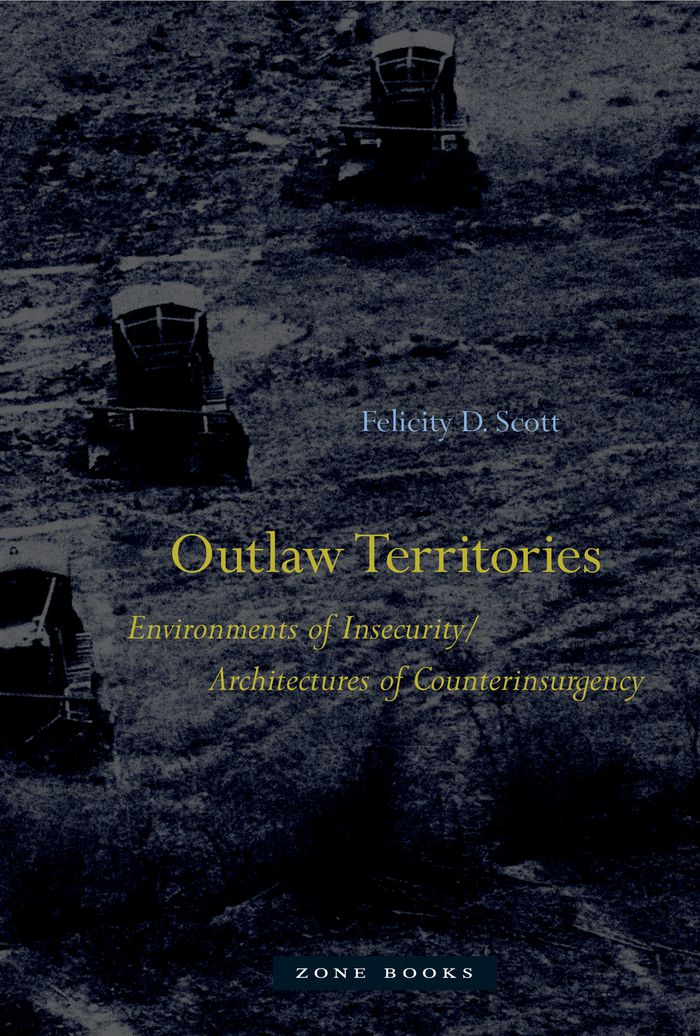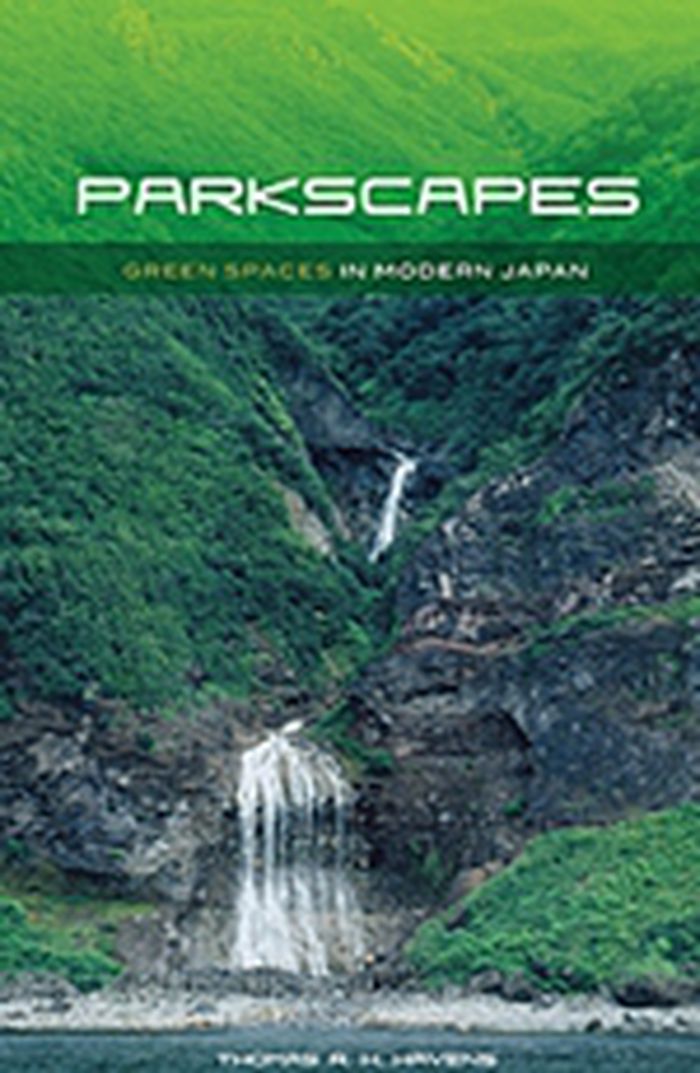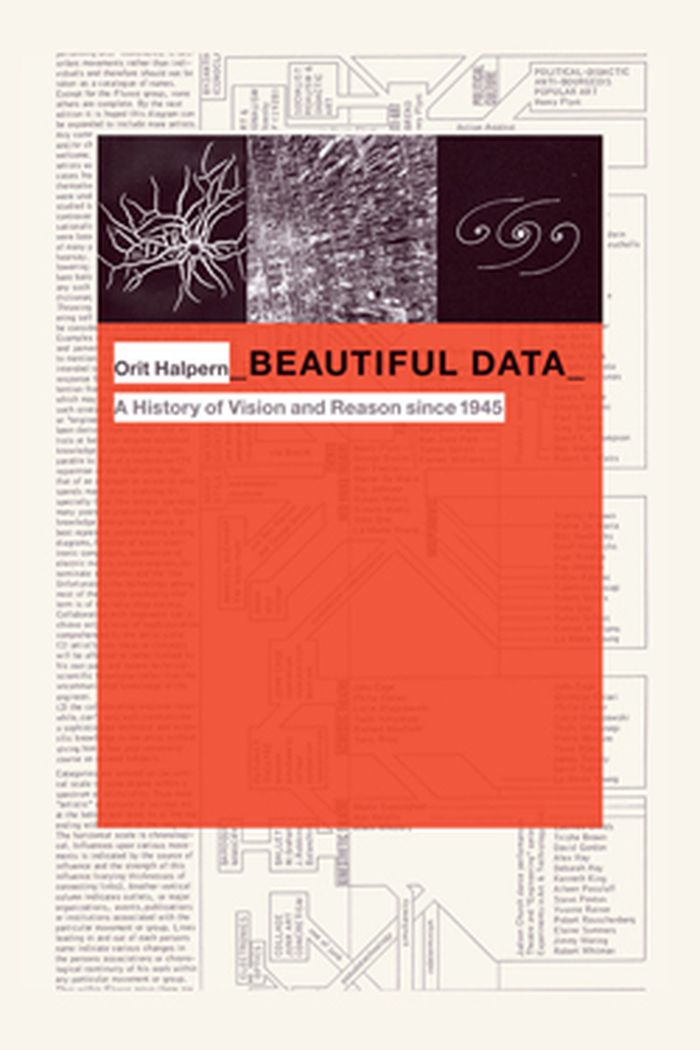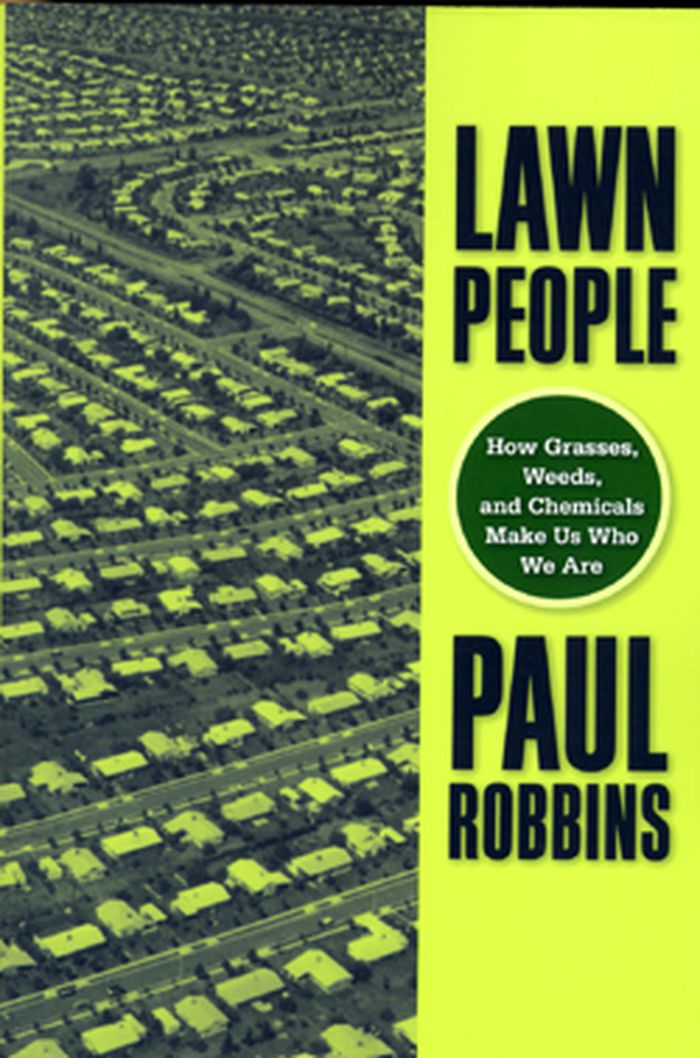$57.00
(available to order)
Summary:
Reflecting daily life in Slovenia, ''Living With Water'' is the catalogue for the Slovenian Pavilion at the 16th International Architecture Exhibition. From rivers, glacial lakes, and waterfalls, to bogs, karst, disappearing lakes, and thermal springs, water is one of the most potent and decisive factors determining both the country's landscapes and its supply of drinking(...)
Living with water: Slovenian Pavilion Venice Architecture 2018
Actions:
Price:
$57.00
(available to order)
Summary:
Reflecting daily life in Slovenia, ''Living With Water'' is the catalogue for the Slovenian Pavilion at the 16th International Architecture Exhibition. From rivers, glacial lakes, and waterfalls, to bogs, karst, disappearing lakes, and thermal springs, water is one of the most potent and decisive factors determining both the country's landscapes and its supply of drinking water. A multidisciplinary team of thirteen architects, landscape architects, urban planners, researchers, and strategists rethink water management and the protection of water resources. From site-specific case studies to alternative models, they explore the complexity of natural and artificial water systems.
Contemporary Architecture
$20.00
(available to order)
Summary:
After decades of being banished from residential areas, water is now becoming an increasingly significant feature in urban design. Whether it is the integration of natural water courses into the built environment rainwater management, the incorporation of water elements in urban areas for climatic purposes or the creation of oases of tranquility or drama such as pools or(...)
sale books
December 2005, Basel, Boston, Berlin
New waterscapes : planning, building and designing with water
Actions:
Price:
$20.00
(available to order)
Summary:
After decades of being banished from residential areas, water is now becoming an increasingly significant feature in urban design. Whether it is the integration of natural water courses into the built environment rainwater management, the incorporation of water elements in urban areas for climatic purposes or the creation of oases of tranquility or drama such as pools or fountains – all these aspects are not only encountering renewed interest among architects and urban planners, but they are also greeted with appreciation by the general public. This book reveals the wide variety of possibilities for using water as a creative element in the city, in art, in the landscape and architecture. Amongst the works documented are a large new city park in Portland (Oregon), the botanical gardens in New York Queens, the conversion of a former airport in Oslo, the park for a new residential area in Oulu, near the Polar Circle in Finland, or a project for Hangzhon, China.
sale books
books
Description:
359 pages : illustrations, plans, portraits ; 17 cm
Vitoria-Gasteiz : a+t architecture, 2020.
50 hybrid buildings : catalogue on the art of mixing uses = 50 edificios híbridos : catálogo sobre el arte de mezclar usos / Aurora Fernández Per, Javier Mozas.
Actions:
Holdings:
Description:
359 pages : illustrations, plans, portraits ; 17 cm
books
Vitoria-Gasteiz : a+t architecture, 2020.
$71.95
(available to order)
Summary:
The built environment is a critical factor in the climate equation. Approximately 40 percent of global emissions derive from the construction, operation, and demolition of human settlements. The 21st century must be the century of re-entanglement, where quintessential functions (housing, work, culture, recreation, etc.) are reintegrated within urban spaces; where(...)
Green Architecture
September 2023
Reconstructing the future: Cities as carbon sinks
Actions:
Price:
$71.95
(available to order)
Summary:
The built environment is a critical factor in the climate equation. Approximately 40 percent of global emissions derive from the construction, operation, and demolition of human settlements. The 21st century must be the century of re-entanglement, where quintessential functions (housing, work, culture, recreation, etc.) are reintegrated within urban spaces; where socioeconomic and ecological systems form a mutually supportive network of networks; and where past, present, and future are perceived as interwoven waves in the river of time. Fortunately, opportunities exist to transform the built environment from a carbon source to a carbon sink through, e.g. timber construction high-rise buildings, circular bioeconomy methods, AI-assisted design, smart recycling technology, multifunctional land use, integrated regional resource management, and community-based urban development, to name just a few. This volume compiles the papers presented by world-renowned scientists, architects, spatial planners, activists, and policy makers at the Reconstructing the Future for People and Planet conference, held at the Vatican in June 2022.
Green Architecture
$83.95
(available to order)
Summary:
This important book tells the multifaceted story of humankind’s relationship with flooding, a story that is permeated with a history of both worship and fear. Modern water engineering has turned plains and valleys into fully inhabitable environments. At the same time, those environments have become highly vulnerable to climate change. In efforts to prevent future floods,(...)
Floodscapes: contemporary landscape strategies in times of climate change
Actions:
Price:
$83.95
(available to order)
Summary:
This important book tells the multifaceted story of humankind’s relationship with flooding, a story that is permeated with a history of both worship and fear. Modern water engineering has turned plains and valleys into fully inhabitable environments. At the same time, those environments have become highly vulnerable to climate change. In efforts to prevent future floods, countries are rediscovering adaptation strategies: making room for flooding, redistributing risks and reconsidering the use and legal status of floodplains. Through historical investigations and six contemporary projects implemented in four European countries, "Floodscapes" illustrates how flood-mitigation measures can be embedded in local space and culture. Merged with landscape development, agriculture, recreation, nature, and even urban growth, river management becomes a design issue, giving landscape architects and urban designers a prominent role in future transitions. This book provides an in-depth look into the most common natural disaster in the US, and the innovative solutions that have arisen.
Environment and environmental theory
$44.95
(available in store)
Summary:
Designers, graphic artists, architects, and urban planners are now confronted with the tasks of signage, route management, and information and orientation systems. With this book they can profit from a broad view of phenomena related to disorientation-disorientation in scientific disciplines, in our environments, and in expressive presentations. On the one hand, this(...)
Dés-orientation, dis-orientation, des-orientierung
Actions:
Price:
$44.95
(available in store)
Summary:
Designers, graphic artists, architects, and urban planners are now confronted with the tasks of signage, route management, and information and orientation systems. With this book they can profit from a broad view of phenomena related to disorientation-disorientation in scientific disciplines, in our environments, and in expressive presentations. On the one hand, this should make it possible for designers to benefit from attitudes to the topic derived from experience and to move from confusion to visual reflection. On the other, it will enable scholarly disciplines to explore the formation of categories that can move things forward. This visual study is accompanied by heterogeneous brief texts. Images and texts are thus placed in a relationship of mutual reflections rather than confronted with one another in a commentary or illustration.
Signage
$56.95
(available to order)
Summary:
In Outlaw Territories, Felicity Scott traces the relation of architecture and urbanism to human unsettlement and territorial insecurity during the 1960s and 1970s. Investigating a set of responses to the growing urban unrest in the developed and developing worlds, Scott revisits an era when the discipline of architecture staked out a role in global environmental(...)
Outlaw Territories: Environments of Insecurity/ Architectures of Counterinsurgency
Actions:
Price:
$56.95
(available to order)
Summary:
In Outlaw Territories, Felicity Scott traces the relation of architecture and urbanism to human unsettlement and territorial insecurity during the 1960s and 1970s. Investigating a set of responses to the growing urban unrest in the developed and developing worlds, Scott revisits an era when the discipline of architecture staked out a role in global environmental governance and the biopolitical management of populations. She describes architecture’s response to the displacement of persons brought on by migration, urbanization, environmental catastrophe, and warfare, and she traces architecture’s relationship to the material, environmental, psychological, and geopolitical transformations brought on by postindustrial technologies and neoliberal capitalism after World War II. At the height of the U.S.-led war in Vietnam and Cambodia, with ongoing decolonization struggles in many parts of the world, architecture not only emerged as a target of political agitation because of its inherent normativity but also became heavily enmeshed with military, legal, and humanitarian apparatuses, participating in scientific and technological research dedicated to questions of international management and security. Once architecture became aligned with a global matrix of forces concerned with the environment, economic development, migration, genocide, and war, its role shifted at times toward providing strategic expertise for institutions born of neoliberal capitalism. Scott investigates this nexus and questions how and to what ends architecture and the environment came to be intimately connected to the expanded exercise of power within the shifting geopolitical frameworks at this time.
Architectural Theory
$19.95
(available to order)
Summary:
Japan today protects one-seventh of its land surface in parks, which are visited by well over a billion people each year. Parkscapes analyzes the origins, development, and distinctive features of these public spaces. Green zones were created by the government beginning in the late nineteenth century for state purposes but eventually evolved into sites of negotiation(...)
Parkscapes: green spaces in modern Japan
Actions:
Price:
$19.95
(available to order)
Summary:
Japan today protects one-seventh of its land surface in parks, which are visited by well over a billion people each year. Parkscapes analyzes the origins, development, and distinctive features of these public spaces. Green zones were created by the government beginning in the late nineteenth century for state purposes but eventually evolved into sites of negotiation between bureaucrats and ordinary citizens who use them for demonstrations, riots, and shelters, as well as recreation. Thomas Havens shows how revolutionary officials in the 1870s seized private properties and converted them into public parks for educating and managing citizens in the new emperor-sanctioned state. Rebuilding Tokyo and Yokohama after the earthquake and fires of 1923 spurred the spread of urban parklands both in the capital and other cities. According to Havens, the growth of suburbs, the national mobilization of World War II, and the post-1945 American occupation helped speed the creation of more urban parks, setting the stage for vast increases in public green spaces during Japan’s golden age of affluence from the 1960s through the 1980s. Since the 1990s the Japanese public has embraced a heightened ecological consciousness and become deeply involved in the design and management of both city and natural parks—realms once monopolized by government bureaucrats.
Landscape Theory
$38.95
(available to order)
Summary:
Beautiful Data is both a history of big data and interactivity, and a sophisticated meditation on ideas about vision and cognition in the second half of the twentieth century. Contending that our forms of attention, observation, and truth are contingent and contested, Orit Halpern historicizes the ways that we are trained, and train ourselves, to observe and analyze the(...)
Beautiful data: a history of vision and reason since 1945
Actions:
Price:
$38.95
(available to order)
Summary:
Beautiful Data is both a history of big data and interactivity, and a sophisticated meditation on ideas about vision and cognition in the second half of the twentieth century. Contending that our forms of attention, observation, and truth are contingent and contested, Orit Halpern historicizes the ways that we are trained, and train ourselves, to observe and analyze the world. Tracing the postwar impact of cybernetics and the communication sciences on the social and human sciences, design, arts, and urban planning, she finds a radical shift in attitudes toward recording and displaying information. These changed attitudes produced what she calls communicative objectivity: new forms of observation, rationality, and economy based on the management and analysis of data. Halpern complicates assumptions about the value of data and visualization, arguing that changes in how we manage and train perception, and define reason and intelligence, are also transformations in governmentality. She also challenges the paradoxical belief that we are experiencing a crisis of attention caused by digital media, a crisis that can be resolved only through intensified media consumption.
Architectural Theory
$23.95
(available to order)
Summary:
For some people, their lawn is a source of pride, and for others, caring for their lawn is a chore. Yet for an increasing number of people, turf care is a cause of ecological anxiety. In Lawn People, author Paul Robbins, asks, "How did the needs of the grass come to be my own?" In his goal to get a clearer picture of why people and grasses do what they do, Robbins(...)
Lawn People: how grasses, weeds and chemicals make us who we are
Actions:
Price:
$23.95
(available to order)
Summary:
For some people, their lawn is a source of pride, and for others, caring for their lawn is a chore. Yet for an increasing number of people, turf care is a cause of ecological anxiety. In Lawn People, author Paul Robbins, asks, "How did the needs of the grass come to be my own?" In his goal to get a clearer picture of why people and grasses do what they do, Robbins interviews homeowners about their lawns, and uses national surveys, analysis from aerial photographs, and economic data to determine what people really feel about-and how they treat-their lawns. Lawn People places the lawn in its ecological, economic, and social context. Robbins considers the attention we pay our turfgrass-the chemicals we use to grow lawns, the hazards of turf care to our urban ecology, and its potential impact on water quality and household health. He also shows how the ecology of cities creates certain kinds of citizens, deftly contrasting man's control of the lawn with the lawn's control of man. Lawn People provides an intriguing examination of nature's influence on landscape management and on the ecosystem.
Green Architecture
